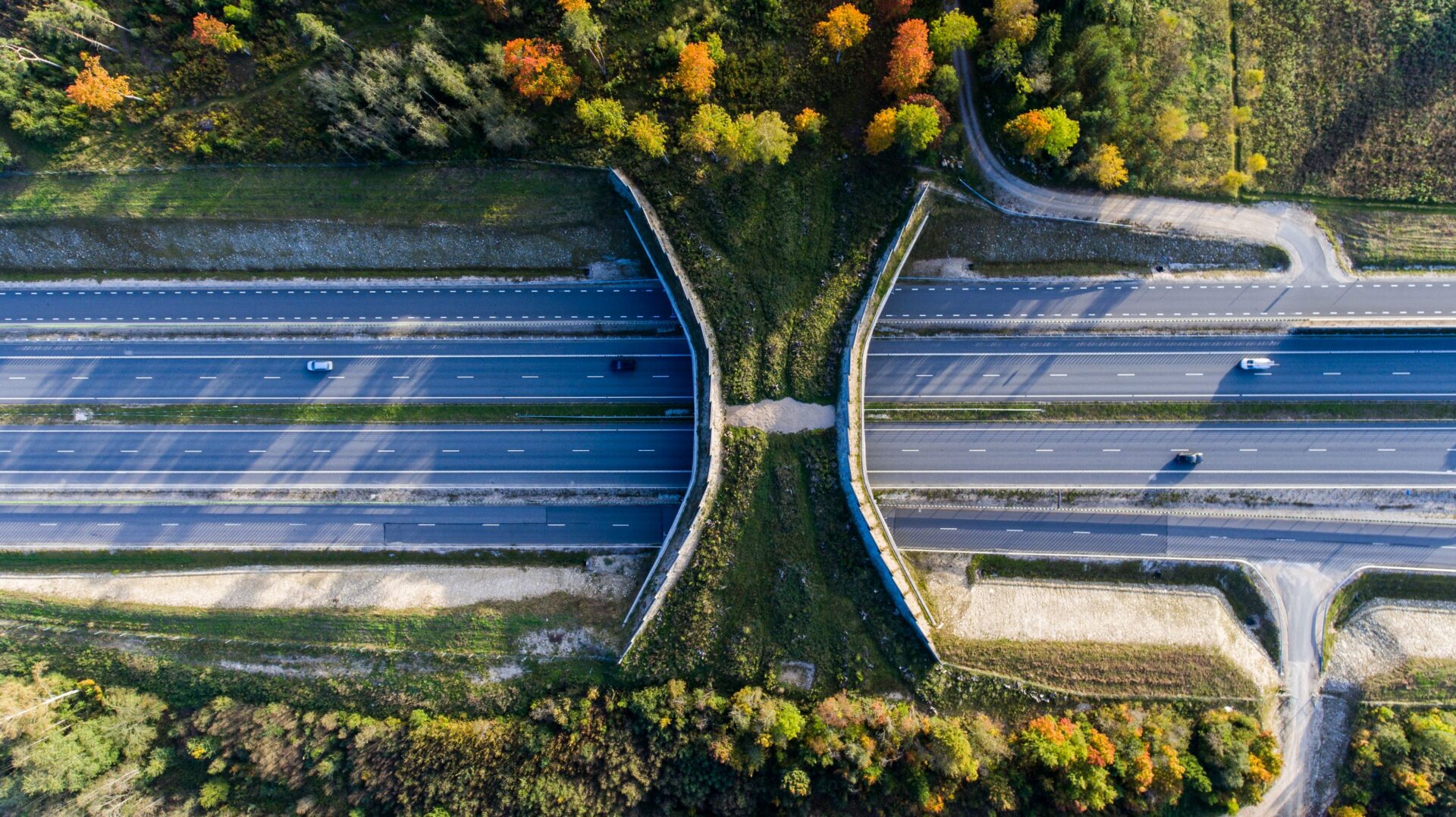2.
Infrastructure projects often have an impact on the ecosystems and biodiversity of a site. This impact may be local but may also affect the surrounding areas. The main types of adverse impact and possible mitigatory or compensatory measures are presented below.
Ecosystems and biodiversity
Off-site ecological impact in surrounding areas
Adverse impact Positive impact and compensation measures
Enabling wildlife migration to continue (e.g. by creating ecoducts)
Adverse impact Positive impact and compensation measures
Degradation of the surrounding environment (noise|vibration|dust|etc.)
Positive impact and compensation measures Adverse impact
Recreation of habitats|as nearby as possible
Adverse impact Positive impact and compensation measures
Moving affected species to a new site|where possible
Adverse impact Positive impact and compensation measures
Restoration and enhancement of surrounding features unaffected by the development or creation of new or additional buffer areas to reduce impact
Adverse impact Positive impact and compensation measures
Opportunities on the site to extend|improve or create new habitats for existing wildlife and plants (in the infrastructure development or disposal phases)
Adverse impact Positive impact and compensation measures
Destroying existing habitats and affecting the species that live there
Adverse impact Positive impact and compensation measures
Hindering the movement of animals through habitat destruction or fragmentation
Adverse impact Positive impact and compensation measures
Introducing new predators|pests or other invasive species from other areas
Adverse impact Positive impact and compensation measures



